Top Banks in India
Major banks in India
The Reserve Bank of India asserts that the banking industry in India is adequately capitalized and well-regulated.
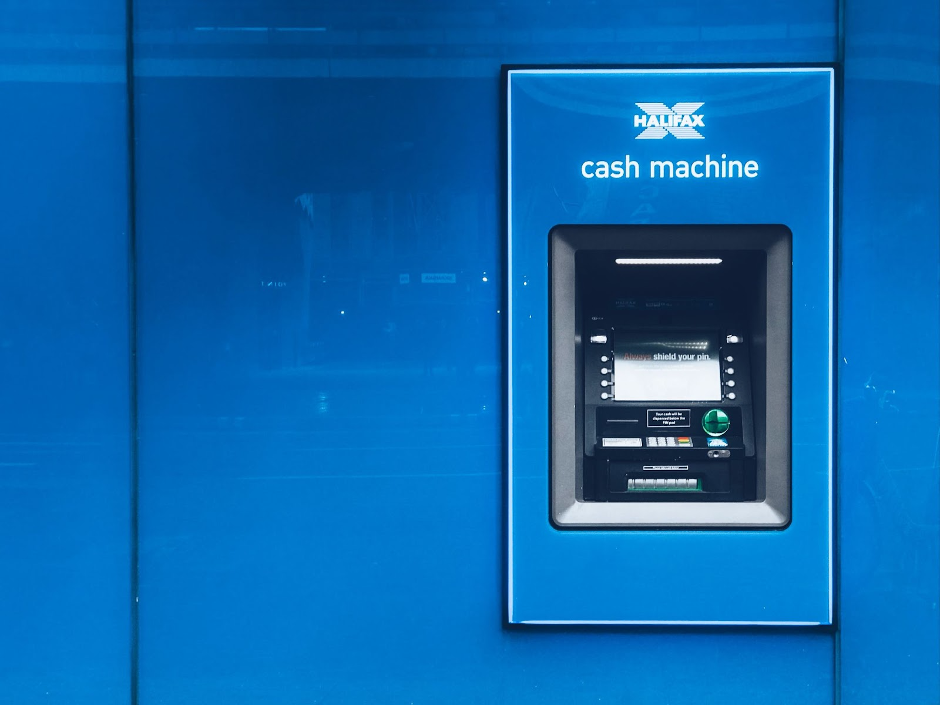
The nation has significantly better financial and economic circumstances than any other nation. Studies on credit, market, and liquidity risk indicate that Indian banks are generally robust and have fared well during the global recession.
Innovative banking formats like payments and small financing banks have recently been introduced to the Indian banking sector. The new actions taken by the RBI could significantly aid in restructuring the local banking sector.
With the country's Immediate Payment Service (IMPS) being the sole system at level five in the Faster Payments Innovation Index, the digital payments system in that nation has advanced the most among the other 25 countries (FPII).
The following key points can summarize the country's banking system:
-
Twelve public sector banks, 22 private sector banks, 46 foreign banks, 56 regional rural banks, 1485 urban cooperative banks, and 96,000 rural cooperative banks make up the Indian financial system.
-
The combined assets of the country's public and private banking sectors were $1,602,65 billion and $878.56 billion, respectively, in FY21.
-
Credit growth is anticipated to reach double digits in eight years, or 10%, in 2022–2023, according to India Ratings & Research. The Reserve Bank of India estimates that as of December 31, 2021, bank credit was worth $1.56 trillion (about Rs. 116.8 lakh crore).
-
In the past five years, bank credit in the country has increased at a CAGR of 0.28%. Total credit extended in the financial year 2021 increased to $1487.60 billion, and deposits in this period grew at a CAGR of 12.8% and totaled $2.06 trillion.
-
Unified Payments Interface (UPI) data from January 2022 shows that there were 4.62 billion transactions totaling Rs. 8.32 trillion ($111.8 billion).

-
According to the RBI, India's foreign exchange reserves were 630.19 billion US dollars as of February 18, 2022.
-
India is one of the fastest growing economies in the world, has several projects lined up in the future to improve the condition of the banking sector, and the government has increased spending on infrastructure and implementation of reforms.
Central Bank (Reserve Bank of India)
The Reserve bank of India is the country's central bank and regulatory authority that oversees the country's banking system. In alignment with the Reserve Bank of India Act, the Reserve Bank of India (RBI) started conducting business on April 1, 1935.

The RBI is not only responsible for overseeing the nation's monetary and credit systems and implementing monetary policy to establish financial stability in the country but also for controlling and issuing the national currency, i.e., the Indian Rupee.
The RBI, based in Mumbai, offers numerous services to the financial sector. For example, the bank sets the overnight interbank lending rate.
The main goal of RBI is to provide in-depth management and supervision of the country's financial sector, which consists of financial institutions, non-banking financing companies, and commercial banks.
Also, it regulates off-site financial institutions and banks, provides regular changes to its inspection system and improves auditors' efforts.
Moreover, RBI is also responsible for managing the country's main payment system and aims to promote its economic development. Governed by Shaktikanta Das, the Reserve Bank of India has a staggering reserve worth $588.30 billion.
Governed by 21 members of the board of directors, the RBI consists of 1 governor, 4 deputy governors, 2 members from the finance ministry, 10 government-nominated directors, and 4 directors representing local boards of Delhi, Mumbai, Kolkata, and Chennai.
Public Sector Banks
A significant category of the banks operating in the country is the public sector bank, which is majorly owned (more than 50% ownership stake) and operated by the Ministry of Finance or the State Ministry of Finance of one or more State Governments of the country.

These banks' stocks are also traded on the stock exchanges. Their primary goal is social welfare.
Indian Public Sector Banks have a lengthy history, beginning in 1955 with the nationalization of the Imperial Bank of India, which is now known as the State Bank of India and continuing to the present day when they are the country's largest bank with the majority ownership owned by the government.

10 PSBs were merged on August 30, 2019; six of them with four higher-performing anchor banks to streamline operations and size, two with banks to increase national presence, and four with banks to boost regional focus.
There are currently 12 PSBs operating in the nation after they took effect on April 1, 2020; the top 5 of them are in terms of held assets:
State Bank of India (SBI)
The Bank of Madras amalgamated with the Bank of Calcutta and the Bank of Bombay in January 1921 to become the Imperial Bank of India, later known as the State Bank of India or SBI.
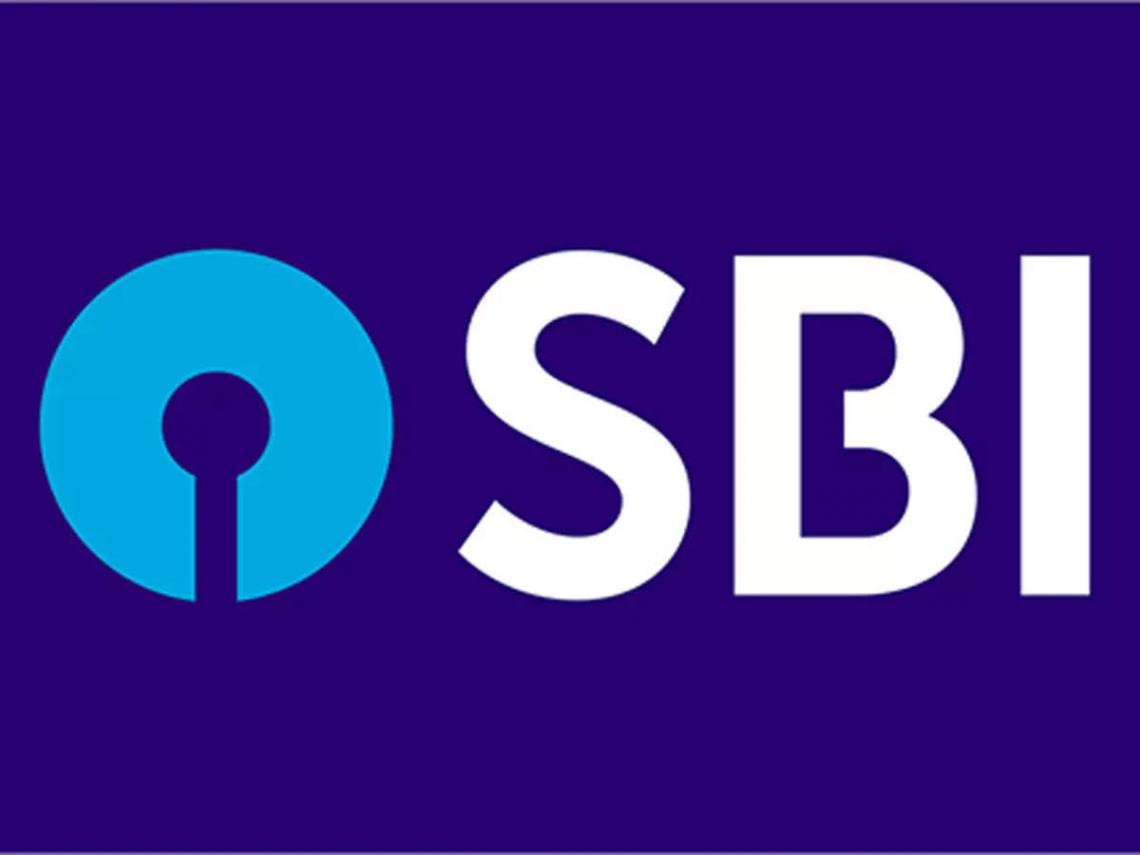
On July 1, 1955, the Indian government purchased a 60% interest in the Imperial Bank of India, renaming the institution the State Bank of India.
With a market share of 23% in terms of assets and a quarter of the market for loans and deposits combined, the State Bank of India is the largest public-sector bank in India.
The State Bank of India was already a state-owned financial entity when it was founded. Hence it is not listed among the nationalized banks. Its corporate headquarters are situated in Mumbai, India's financial hub.
SBI has been ranked as the 43rd largest bank worldwide and 221 in the Fortune Global 500's list of biggest corporations. Moreover, it was the only Indian bank to be on the list.
Comprising nearly 250,000 employees all over the country, the bank is considered to be the country's 5th largest employer.
Punjab National Bank
Established in 1894, the Punjab National Bank, also known as PNB, is a well-known state-owned organization. The bank is unique in that it was founded exclusively with Indian capital.

Being a public sector bank, the bank's majority stakeholder is the country's Finance Ministry, ranked as the country's 2nd largest public sector bank.
Along with enduring times of turmoil, the bank has successfully lasted to the present day and has seen significant changes in the banking industry. In July 1969, the Indian government nationalized the Punjab National Bank.
The headquarters of the Punjab National Bank is located in New Delhi. As of March 31, 2017, it had more than 80 million clients, a network of 6,937 branches dispersed throughout India, and 10681 ATMs split throughout 764 cities.
However, PNB has not only restricted its operations in India and owns several subsidiaries in foreign countries like the UK, Hong Kong, United Arab Emirates, and Afghanistan.
Bank of Baroda
Before independence, the Bank of Baroda was established in 1908 under the direction of the Maharaja of Baroda, Maharaja Sayajirao Gaekwad III. The Indian government nationalized the Bank of Baroda in 1969.
Its corporate headquarters are located in Gujarat's Vadodara (formerly Baroda). The corporate headquarters of the bank are in Mumbai, Maharashtra.

With assets exceeding Rs 3.58 trillion, the bank is now the second-largest public sector bank in the country regarding market capitalization and business operations, right behind SBI.
The bank has a whopping customer base of 132 million, with business operations totaling up to $218 billion. Moreover, bank 2019 was ranked 1145 on the Forbes Global 2000 list.
Including almost 80,000 people, the bank's key services include asset management, commercial banking, investment banking, financial services, wealth management, private equity, and mortgage loans.
Union Bank of India
Before India gained independence, the Union Bank of India was established in 1919, and Mahatma Gandhi presided over its opening.
To examine the nation's economic situation, the Indian government nationalized the Union Bank of India in 1969.

India's largest government-owned bank is the Union bank. The government owns 63.44% of the bank in terms of share capital. The bank's estimated asset value is $13.45 billion, and it was once featured on Forbes 2000. Mumbai, India's financial hub, is home to the Union Bank of India's main office.
The bank has a huge customer base of around 120 million customers and a business value of about $106 billion. Of its 9500 branches, 4 are located in Dubai, Sydney, Antwerp, and Hong Kong.
Moreover, the bank also has representative offices in Shanghai, Beijing, and Abu Dhabi and operates a subsidiary bank in the UK. Including around 80,000 employees, the bank's key services include consumer banking, insurance, and private banking.
Canara Bank
One of the country's oldest public sector banks is Canara bank. Canara Bank became one of the largest public sector banks held by the government of India in 1969 after being nationalized by that government.
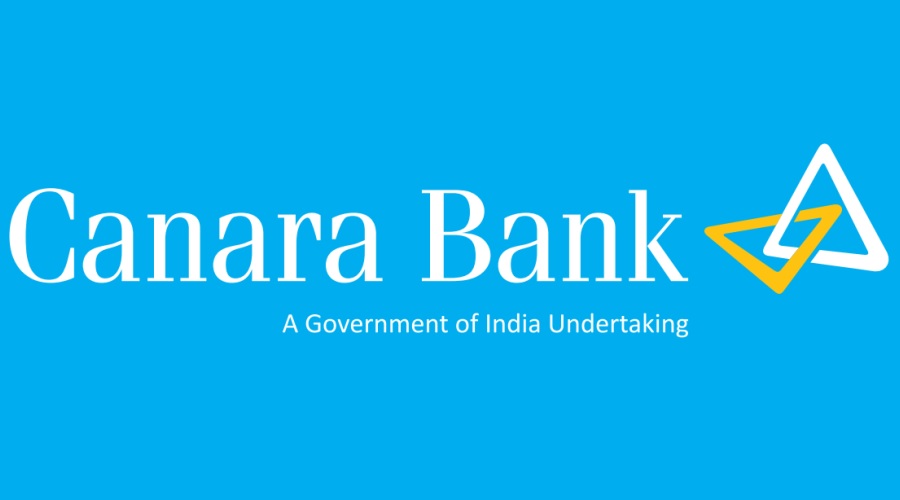
The bank operates a network of 6639 branches and 10600 ATMs in India. First formed in 1976, the Canara Bank's foreign business is now located abroad and is headquartered in Bengaluru, Karnataka.
The bank currently operates branches in numerous international countries worldwide, with the most well-known being in South Africa, Dubai, New York, Doha, London, Shanghai, Hong Kong, Bahrain, Tanzania, and Moscow.
Established in 1906 in the city of Mangalore, Canara Bank is the fourth largest public sector bank in the country and is under the ownership of the Finance Ministry.
The bank employs roughly 90,000 employees and specializes in providing services related to credit cards, retail and private banking, asset management, and investment banking.
Private Sector Banks
Private sector banks are ones in which private entities own the majority of the stock.
Old and new private sector banks are separated into two categories. First, before being nationalized in 1969, the previous private sector banks were still operating and maintaining their independence.
Since banking regulations were liberalized in the 1990s, numerous private-sector banks have emerged. However, since the Indian government nationalized all major banks in India in 1969, public sector banks have dominated the country's banking industry.
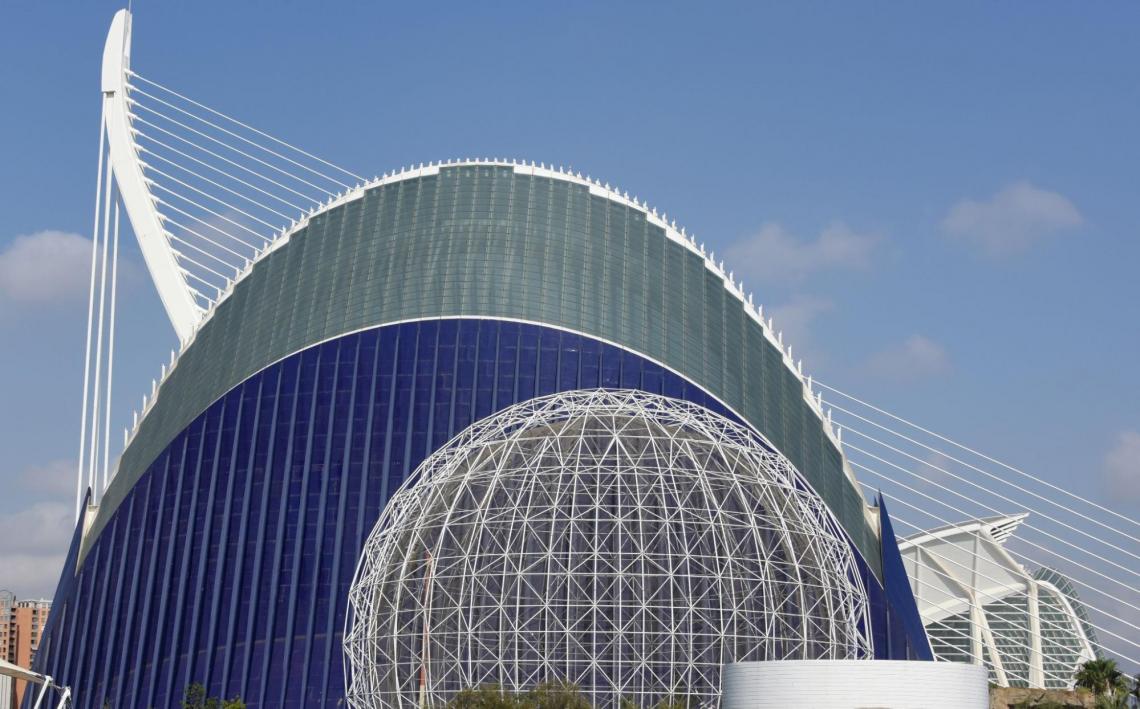
However, since the government's banking regulations were liberalized in the 1990s, new and old private-sector banks have emerged.
They have expanded more quickly and significantly over the last 20 years since liberalization, utilizing cutting-edge technology, modern innovations, and monetary instruments and procedures.
A significant portion of these private sector banks' ownership is traded on the country's stock exchange, and any individual investor can purchase those shares to occupy an ownership stake in these banks.
There are currently 22 private sector banks, and the biggest 5 of them are in terms of held assets:
ICICI Bank
One of the top private banks in India is ICICI Bank. In 1955, the ICICI was founded by the World Bank, the Indian government, and business leaders from India.

The major objective was to establish a development finance organization that would give Indian businesses medium- and long-term project financing.
Until the late 1980s, ICICI primarily focused on financing infrastructure, providing long-term capital to several industry initiatives. However, ICICI changed its operations from a development finance institution to a provider of varied financial services in 1991, when India's financial industry was liberalized.
ICICI Bank, a member of the ICICI group, was founded in 1994. Additionally, in 1999, ICICI became the first Indian company and the first Asian bank or financial institution that was not Japanese to be listed on the New York Stock Exchange.
Currently, the bank provides a wide array of banking and financial services. In addition, it offers services to corporate and retail consumers via various delivery methods and businesses.
ICICI Bank operates a sizable network of 15,158 ATMs and 5,288 branches in India.
HDFC Bank
The Housing Development Finance Corporation Ltd., also known as HDFC, was established in August 1994 and was the first private financial organization to get "in-principle approval" from the RBI.
Mumbai serves as the bank's registered office. It is in more than 2,902 cities and towns across India, with more than 5,608 branches and 16,087 ATMs.

The company's basic principles center on leadership in products, excellence, customer focus, people, and sustainability. The three industries run by HDFC are retail banking, wholesale banking, and treasury.
Employing nearly 150,000 people, HDFC Bank is the country's largest private sector bank in terms of asset valuation and the 10th largest bank in the world by market capitalization. It is also the 15th largest employer in the country.
Moreover, the bank is also the 3rd largest company on the Bombay Stock Exchange, with a market capitalization of $122.50 billion.
The bank provides credit cards, consumer and commercial banking, investment banking, private equity, and wealth management services.
Axis Bank
The third-largest private bank in India, Axis Bank, was founded in 1994 as a new-generation private bank and was initially named UTI Bank.
The bank provides financial services to serve all customer groups, including major and midcap corporations, retail enterprises, and agricultural and MSME sectors.

Eight overseas offices in six different countries handle the bank's global business. The overseas offices primarily concentrate on syndication, corporate loan, trade finance, liability businesses, and investment banking.
There are 11 subsidiaries of the bank operating in India, some of which provide services in the capital markets, securities, private equity, trustee, and asset management.
Almost 70% of the bank's shares are owned by mutual funds, insurance companies, corporate bodies, and individual investors, whereas the remaining 30% of the ownership lies in the hands of the promoters.
Kotak Mahindra Bank
In 1985, Kotak Mahindra Finance Ltd. was established as the financial institution in India that people trust the most. There are 2,519 ATMs and more than 1,600 branches for Kotak Mahindra Bank. The bank is headquartered in Mumbai.

More than 23 million active customers currently use the bank. It also has a presence outside the United States, the Middle East, London, and Singapore.
By distinguishing its offerings across goods, services, and technologies, the bank is continuously working on grasping new opportunities.
The bank engages in various industries, including investment banking for individuals and corporations, equities broking, credit and financing, insurance (general and life), and wealth and asset management.
Roughly employing 71,000 people, Kotak Mahindra Bank is India's third-largest private sector bank by asset valuation and market capitalization. Moreover, in 2014, the bank was ranked 245th in the world with a brand valuation of $481 million and an AA+ rating.
IndusInd Bank
One of India's newest private sector banks is IndusInd Bank Ltd.
The bank was inaugurated by the country’s finance minister Dr. Manmohan Singh, in April 1994 and was among the first private sector banks in the country. The bank has taken its name from the Indus Valley Civilization.
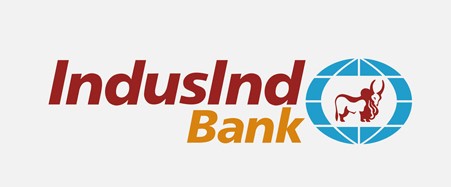
Corporate banking, retail banking, treasury, foreign exchange, investment banking, capital markets, non-resident Indian/high-net-worth personal banking, and information technology are among the bank's business lines.
Retail/Consumer Banking and Consumer Finance are the bank's business divisions. In addition, corporate & Commercial Banking, Transaction Banking Group, and Investment Banking are all parts of the global markets group.
The bank has 1004 branches altogether in India. In India, it has opened a total of 2662 ATMs. Its corporate offices are in Mumbai, Maharashtra. IndusInd Bank opened its doors in April 1994.
Moreover, the bank also has registered offices in London, Dubai, and Abu Dhabi, and the bank's main objective is to thrive using extensive technology.





or Want to Sign up with your social account?